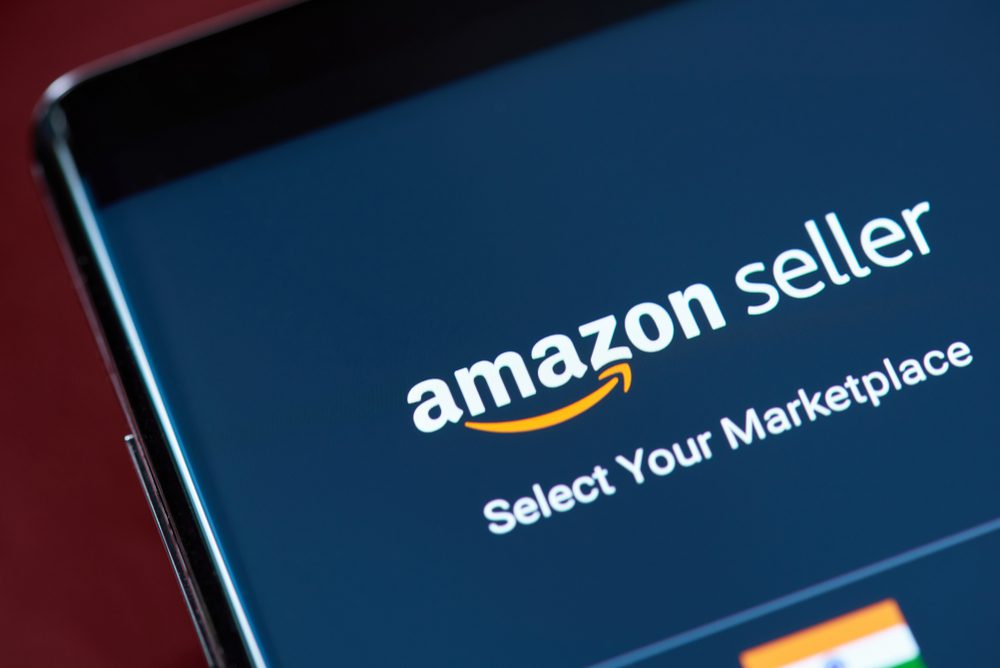Amazon Blocked Opening of 800,000 Fake Seller Accounts in 2022

Amazon said it stopped six million counterfeit products from entering the ecosystem in 2022 as the marketplace expands its Project Zero initiative to get fakes off its platform.
In a Tuesday (April 4) blog post, Amazon’s Worldwide Seller Partner Services Vice President Dharmesh Mehta discussed the release of its 2022 Brand Protection Report, detailing its progress made last year against waves of counterfeit merchandise the likes of which have plagued online marketplaces for years, spiking during the pandemic.
Saying it blocked 800,000 fraudulent sellers from making it past the account creation step, the 2022 Brand Protection report notes, “Through our continued investment in advanced machine learning techniques, we have improved our proactive controls, automating and scaling our intellectual property protection and counterfeit detection systems.”
Project Zero itself saw adoption rise in 2022, with over 22,000 brands now enrolled.
As for automation and machine learning working behind the scenes, Amazon said, “These systems operate continuously throughout every step of the process — from the moment someone tries to register a new selling account, create a listing and update a product listing. This includes incorporating the feedback we get from customers, brands and others.”
Fraudsters On the Run
The downward trend in bogus seller accounts is clear as Amazon said criminals’ attempts to create new selling accounts fell from six million in 2020 to 2.5 million in 2021 to 800,000 last year.
It started in 2017 with Amazon’s Brand Registry giving the platform brand data to identify counterfeit goods and a Report a Violation tool for brands to spot and report abuses. According to the new report, “Starting in 2022, based on feedback from brand owners, Brand Registry users can now view details of the number of listings that were proactively removed by store, brand, and category within the Impact Dashboard.”
Central to the effort is Amazon’s partnership with the United States Patent and Trademark Office (USPTO), which scans for trademark infringement across millions of Amazon product listings.
Amazon said its USPTO partnership “has allowed us to identify over 5,000 false or otherwise abusive brands and remove or prevent them from enrolling in Brand Registry.”
Amazon CCU and U.S. Agencies Cooperate
Counterfeit goods have been a scourge of online marketplaces globally for years. Last November, Patrick Kilbride, senior vice president at the Global Innovation Policy Center of the U.S. Chamber of Commerce said in a blog post that “worldwide trade in counterfeit and pirated goods amounts to over $500 billion each year,” saying more than half of consumers think they “may have purchased a fake item when holiday shopping. Moreover, most consumers report purchasing those counterfeit items online” as PYMNTS reported at the time.
For its part, Amazon’s Counterfeit Crimes Unit has been involved in several actions against counterfeiters, including the November 2022 takedown of three counterfeiting operations in China that netted 240,000 counterfeit items in the Guangdong and Jiangxi provinces, and much of it well-crafted fakes of luxury, sports, and automotive brands, Amazon said.
According to the 2022 Brand Protection Report, “In 2022, CCU worked with brands big and small, including Cartier, World Wrestling Entertainment (WWE), FELCO, General Electric (GE), King Technology, and many others to pursue more than 1,300 criminals through litigation and criminal referrals.”